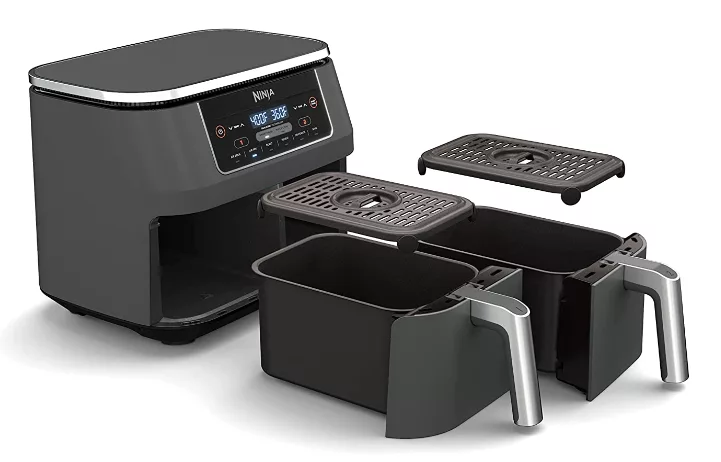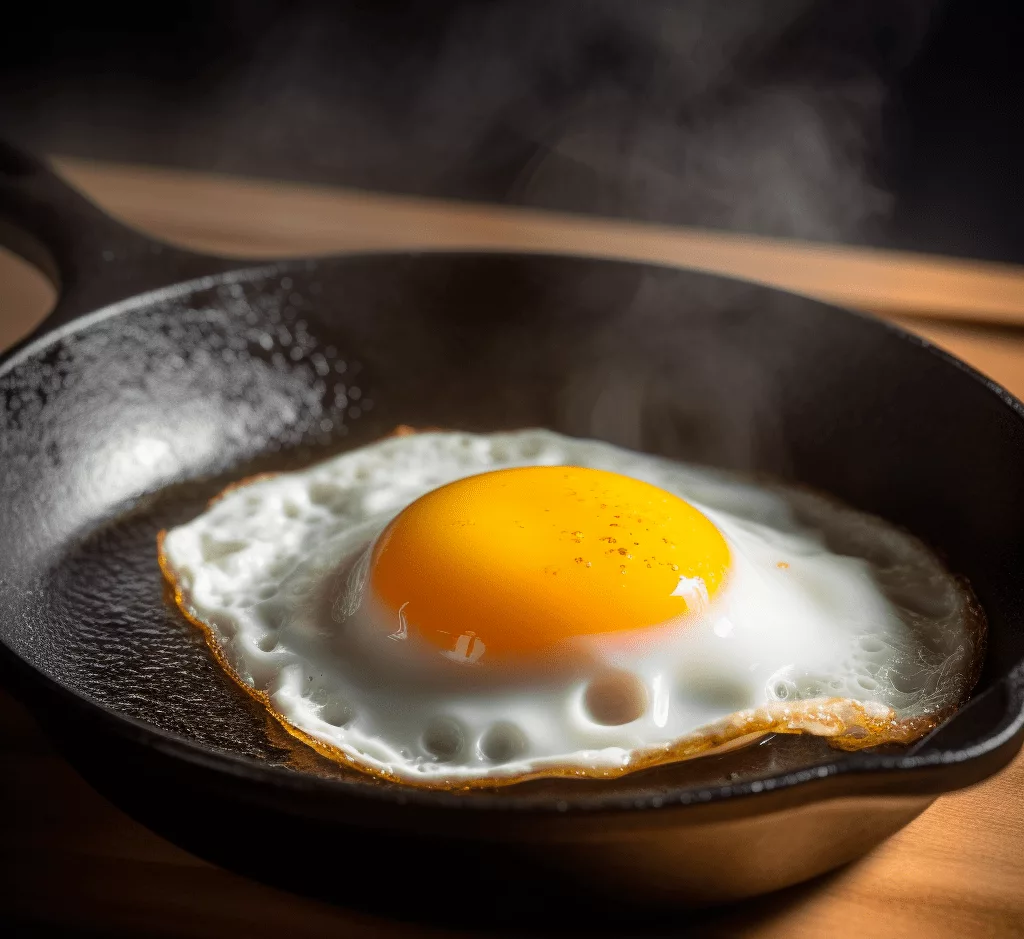
Neutral Oil Cooking Guide
Oil is an essential ingredient in many cuisines around the world. It plays a vital role by creating even temperatures, preventing food from burning and enhancing the flavors of various dishes. However, there are many misconceptions about oil, with some people believing that it’s unhealthy or should be avoided altogether. In this Neutral Oil Cooking Guide, we aim to dispel these myths and highlight the benefits.
We will also discuss using an oil spout to precisely add the right amount of oil to your dishes. Additionally, we’ll explore the secret behind the delicious taste of restaurant food. Which, no surprise often comes down to their generous use of oil and butter. So, let’s dive into the world of cooking oils and learn how to harness their power to elevate your culinary creations!

Understanding Neutral Oil: Types, Benefits, and Uses
Neutral oils are characterized by their mild flavor and high smoke points. They are ideal for a wide range of cooking techniques, such as air frying, sautéing, and baking. Some popular types of neutral oil include:
- Vegetable oil
- Canola oil
- Sunflower oil
- Grapeseed oil
- Safflower oil
Each of these oils has its own unique set of benefits and uses. They all share a common purpose. This is the most important part of the article.
- to provide a uniform cooking temperature
- to prevent food from burning or sticking to the pan

Dispelling the Myths: Oil and Health
It’s important to address the common misconception that oil is bad for your health. Usually, this belief often stems from a lack of understanding about the different types of fats in our bodies. While it’s true that excessive consumption of unhealthy fats, such as saturated and trans fats, can lead to health problems. On the other hand, a moderate intake of healthy fats, like those in neutral oils, is essential for a well-rounded diet. It’s important to use cooking oils correctly. Usually, you only need a small dash or two of oil! Follow this step-by-step Neutral Oil Cooking Guide below to learn more!
In fact, according to the American Heart Association, healthy fats play a crucial role in our bodies. They provide energy, support cell growth, protect our organs, and help our bodies absorb essential nutrients. So, instead of fearing oil, we should learn to embrace it as a valuable component of our diets and cooking repertoire.

The Magic of an Oil Spout: Precision and Control
One of the keys to successfully cooking with oil is using the right amount. Too much oil can lead to greasy dishes, while too little can cause food to stick or burn. This is where an oil spout comes in handy. It allows you to quickly and easily add a precise amount of oil to your pan or dish.
An oil spout typically attaches to the mouth of your oil bottle. It provides a controlled pour that helps prevent spills and over-pouring. This simple tool can make a significant difference in your cooking experience. It’ll give you more control over the amount of oil you use and ultimately lead to better-tasting dishes.

Tips for Cooking with Neutral Oil
Now that we’ve established the importance and benefits of neutral oil, let’s explore some tips and techniques in this Neutral Oil Cooking Guide:
- Choose the right oil for the job: Vegetable oil is my favorite. As mentioned earlier, neutral oils have high smoke points, which makes them ideal for high-heat cooking methods like frying and sautéing. When selecting an oil for a particular dish, consider the cooking method and the desired flavor profile, as some neutral oils can still impart subtle flavors to your food.
- Preheat your oil: Before adding your ingredients to the pan, it’s important to preheat your oil to the desired temperature. This ensures even cooking and helps prevent food from sticking to the pan. To preheat your oil, simply add it to the pan and allow it to heat up over medium heat for a minute or two. You can test the oil’s readiness by adding a small piece of food; if it sizzles immediately, the oil is ready for cooking.
- Don’t overcrowd the air fryer basket: When cooking with oil, it’s essential to avoid overcrowding the pan. This can cause the oil temperature to drop and lead to uneven cooking of your air fryer fries. Instead, cook your air frier fries in batches and ensure that there’s space between the pieces to cook evenly.
- Store oil properly: To maintain the quality and freshness of your neutral oil, store it in a cool, dark place. Also, keep away from direct sunlight and heat sources. Keep the oil in its original container with a tight-fitting lid. When needed, transfer to an oil dispenser with an oil spout. This will help prevent exposure to air, which can cause the oil to spoil more quickly.
The Secret Behind Restaurant Food: Oil and Butter
As mentioned earlier, one of the reasons restaurant food often tastes so delicious is the generous use of oil and butter in their dishes. These fats not only provide a rich, velvety mouthfeel but also help to enhance and carry flavors, making every bite more satisfying and enjoyable.
It’s not practical or healthy to use large amounts of oil and butter in your everyday home cooking. But you can still learn from the pros and use these ingredients strategically to elevate your dishes. By choosing the right oil, using an oil spout for precision and control, and following the tips and techniques outlined above, you can harness the power of oil to create restaurant-quality dishes in the comfort of your own kitchen.
Cooking with neutral oil is an essential skill for any home cook. It provides a stable, even cooking temperature and also contributes to the overall flavor and crispiness of your dishes. By understanding the benefits of neutral oil, dispelling the myths surrounding its health effects, and mastering the art of using an oil spout for precise pouring, you can transform your culinary creations and enjoy delicious, restaurant-quality meals at home. So, embrace the power of neutral oil, and let it elevate your cooking to new heights!






